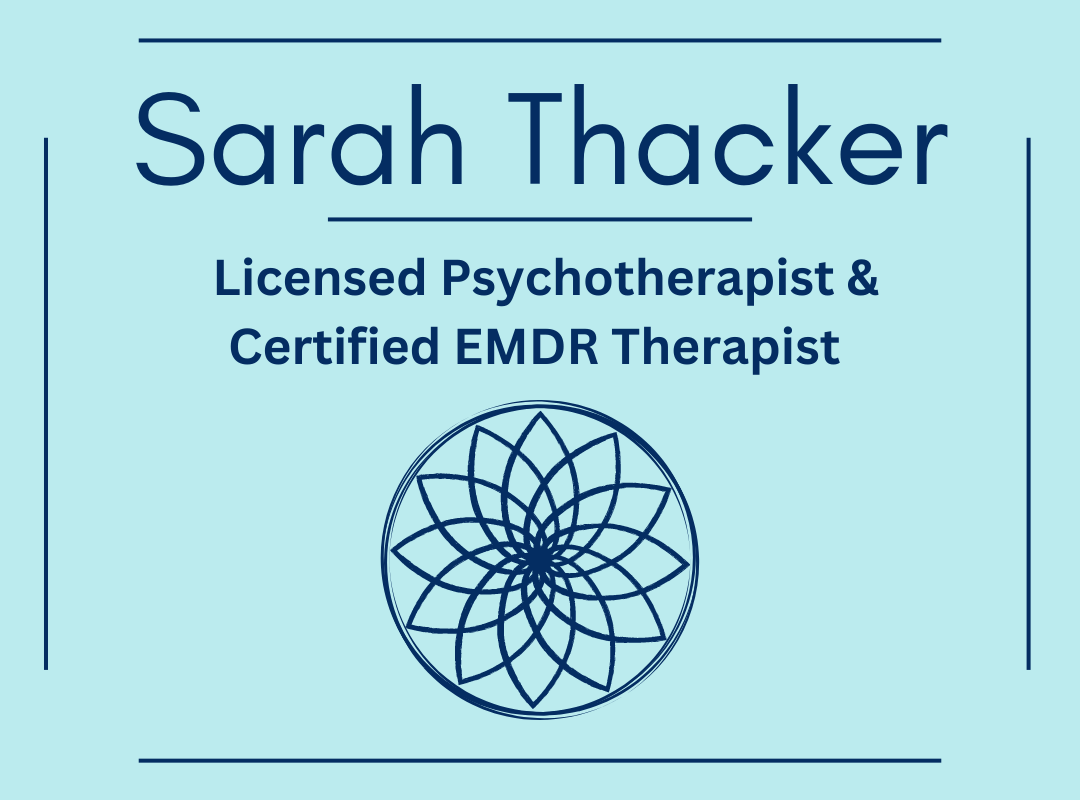Have you ever heard the sayings “good food, good mood” or “junk food, junk mood?” These are not just cute catch phrases; they are indeed true!
The food you eat literally makes up your cells, tissues and organs and if you are taking in nutrient dense, whole, healthy foods you are creating a foundation for the building blocks of healthy cells, tissues and organs. If you feel that you have not been nourishing your body like it might prefer to be nourished, no need to panic. Luckily, our bodies are amazing and usually respond super well to healing when given half a chance. So today, I’ll try to inspire you to eat well in order to feel well, in body and mind. Consider foods you can add that create these positive feelings, not what you have to restrict or take away.
There is a lot of disconnect in modern healthcare. One practitioner might say that food does not impact health or wellbeing mentally or physically, and yet there is a ton of research out there demonstrates that it does—in a seriously significant and tremendously impactful way.
The nutrients we take in through our food (and possibly supplements) are responsible for the development and flow of hormones, neurotransmitters, and our organs. Doesn’t that make it only logical that when we take in mostly whole, healthy foods that we will have a mostly whole, healthy body and mind?
Refined grains, sugars and artificial colors and flavors have been shown to have a negative impact on your blood sugar levels, health of your cells and tissues which can increase anxiety and cause a negative mood. When you eat, your body anticipates that its nourishment needs will be met through the foods you eat. When your body does not get the nutrients that it needs to create healthy cells, tissues and organs it may begin a cycle of cravings to attempt to get what it needs or to return to balance.
You have the power—on a daily basis—to choose your health over what’s convenient, what’s cheap and what may seem to have tasty “flavor.” When you cleanse your palate from the refined foods, artificial sugars and flavors, they no longer really taste quite so good! When you readjust your taste buds to natural sweeteners that live in fresh fruit and whole foods, those other sweets often taste way too sweet. One of my most favorite moments as a wholistic food therapist was when I had someone agree to stop diet soda for two weeks and switch to water for a variety of health reasons. When she tasted the diet drink after two weeks, she was revolted by how terrible it tasted to her after this simple shift!
Many of those I work with to create more balance in mind and body notice an improvement in their energy levels, mood and sleep—which are always welcomed improvement and shifts within their lives. They also notice that they get fewer colds and other illnesses throughout the year! They notice that they have more inner strength (because they are listening to their bodies and feel strong and empowered by their choices) and they even report improved skin and a shift into a more positive body image (and not just because of any weight loss, but because they are treating their body with more respect through their choices!) These all occur incidentally on the journey towards improved mental and physical welling. By making small changes over time (that do not have to be radical or restrictive) in what they choose to eat, they get a huge payoff in the long run.
One positive shift often encourages another. Most people find that when they are eating better, they feel better mentally and physically and their energy improves making it more desirable to move their bodies, to spend more time engaged socially and enjoying hobbies and things that bring fulfillment. Just by intending to improve mood through food has a positive domino effect into all other areas of wellbeing!
Below are some nutrients required for mental wellbeing with whole food sources you can eat to obtain these nutrients. When possible, choose local, organic and closest to the land sources you can find. Local farmer’s markets and health food stores are a great place to shop for staples that you love!
When I first work with people, I do not encourage any reduction or restriction in these changes. I always begin by focusing on what to add that supplies the body with nutrients and creates the positive desired changes over time. Once you continue to add in the good stuff, often there is not so much room for the not-so-good-for-you stuff. Once you feel better, you most likely will want to continue to make choices that help to maintain this because we all know, it feels good to feel good!
Choose one area to start, one food to add and once you find that you are enjoying it, in a week or so, add another. Let me know what foods you choose, I’d love to hear!
Nutrients + Food Sources to Improve Your Food + Mood
Folic Acid: Found in leafy greens and cruciferous veggies (kale, broccoli, arugula, spinach, swiss chard…) asparagus, citrus fruits, beans, peas, lentils, okra, brussel sprouts, nuts and seed, beets, celery, carrots and squash, eggs, avocado
B-6: Whole grains, herbs, spices, pistachios, garlic, liver, tuna, salmon, cod, sunflower and sesame seeds
B-12: Grass-fed beef, liver and chicken, fish such as trout, salmon, tuna and clams, sardines, yogurt, cheese, eggs
Omega 3’s or Essential fatty acids: Fish such as Mackerel, Sardines, Anchovy, Salmon, Trout, Herring, Kippers, Tuna, Ground Flax seeds, Pumpkin seeds, Chia seeds, Hemp seeds, Walnuts (they even look like a brain!)
Vitamin C: Berries, red peppers, black currants, hot chili peppers, guavas, fresh herbs, dark leafy greens, kiwis, papayas
Tryptophan: Chicken, turkey, cheese, tuna, tofu, eggs, nuts, seeds, bananas, egg yolks
Vitamin K: Leafy greens such as broccoli, spinach, kale, collards, chard, brussels sprouts
Protein: Meat, seafood, dairy, beans, whole grains, nuts and seeds
More Brain Foods: Blueberries, Tomatoes, Sage, Olive oil, Dark Chocolate (Yes!), Garlic, Fermented foods such as Kefir, yogurt, fermented vegetables, kombucha
Water: And lastly, stay hydrated! When we are dehydrated the brain tissue actually shrinks. Several studies have shown that dehydration can affect cognitive function. It can also impair short-term memory, focus and decision making. This will help you stay healthy mentally and emotionally!
Brain Power Smoothie Recipe:
1 cup fresh or frozen blueberries (you may want to add ice if using fresh)
1/2 banana
1 teaspoon powdered dark chocolate or raw cacao powder
1 tablespoon ground flax seed
1-2 cups loosely pack fresh leafy green such as spinach, chard and kale
1 cup plain unsweetened coconut milk (or kefir)
Blend and enjoy!



